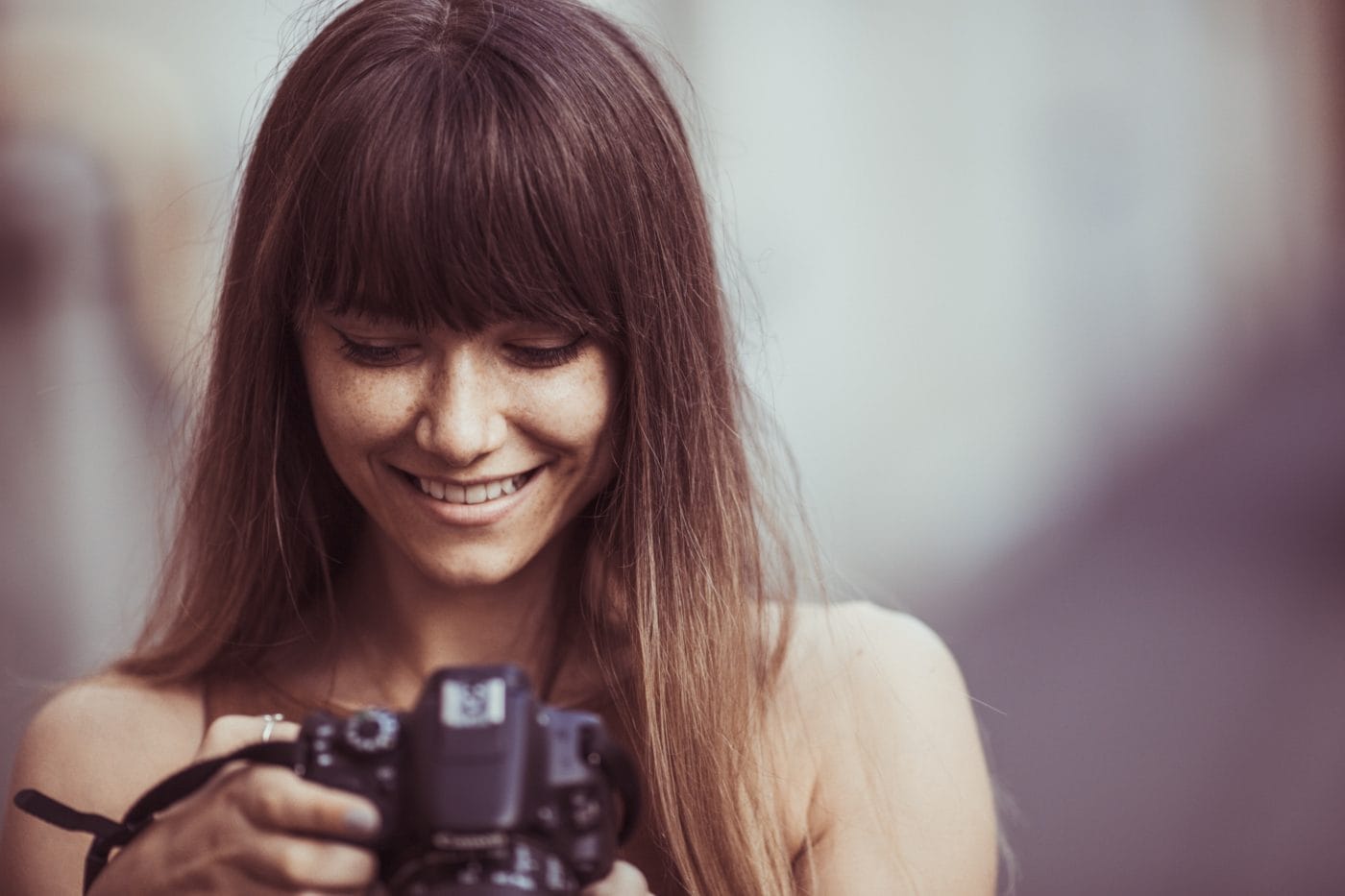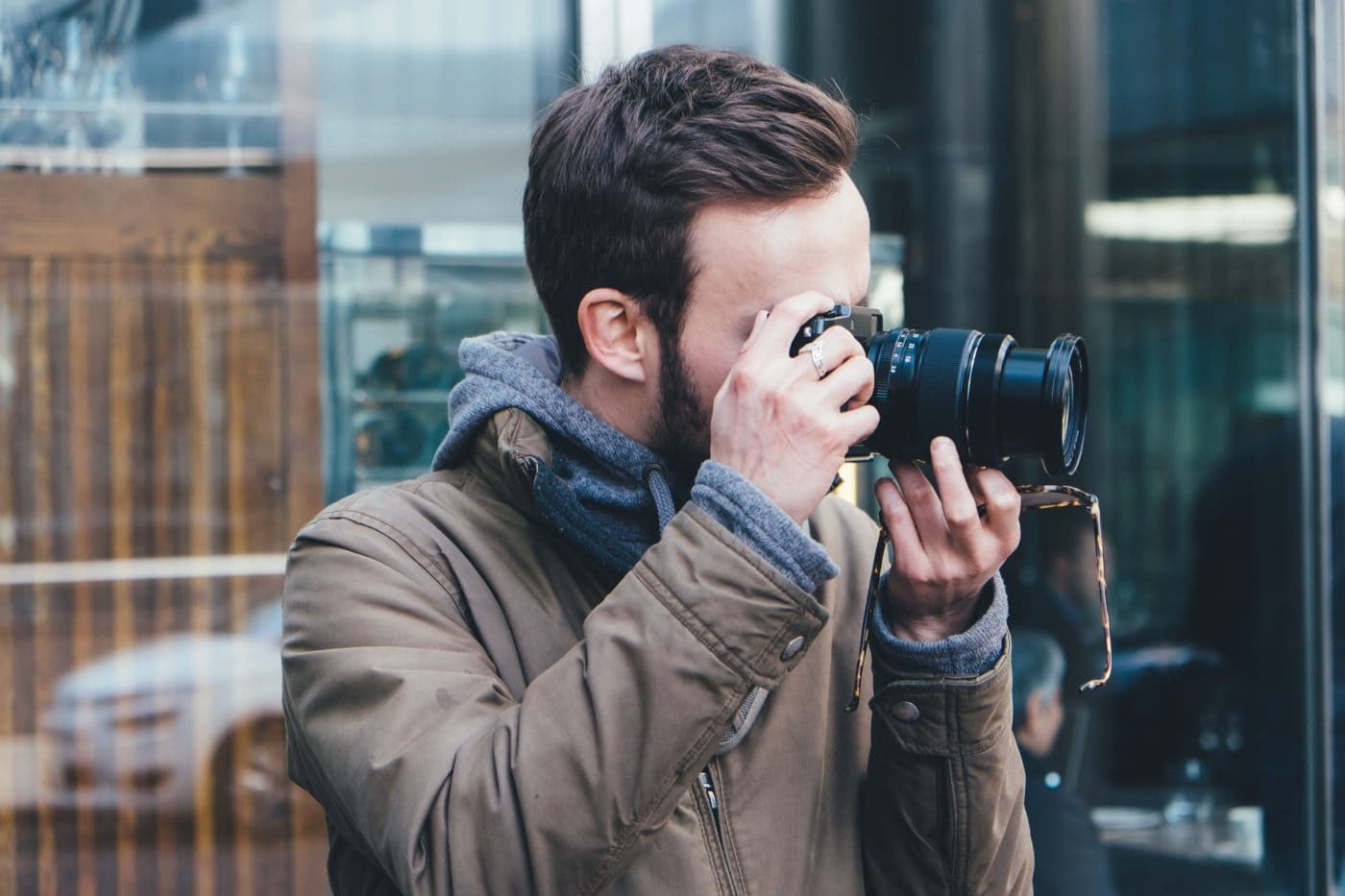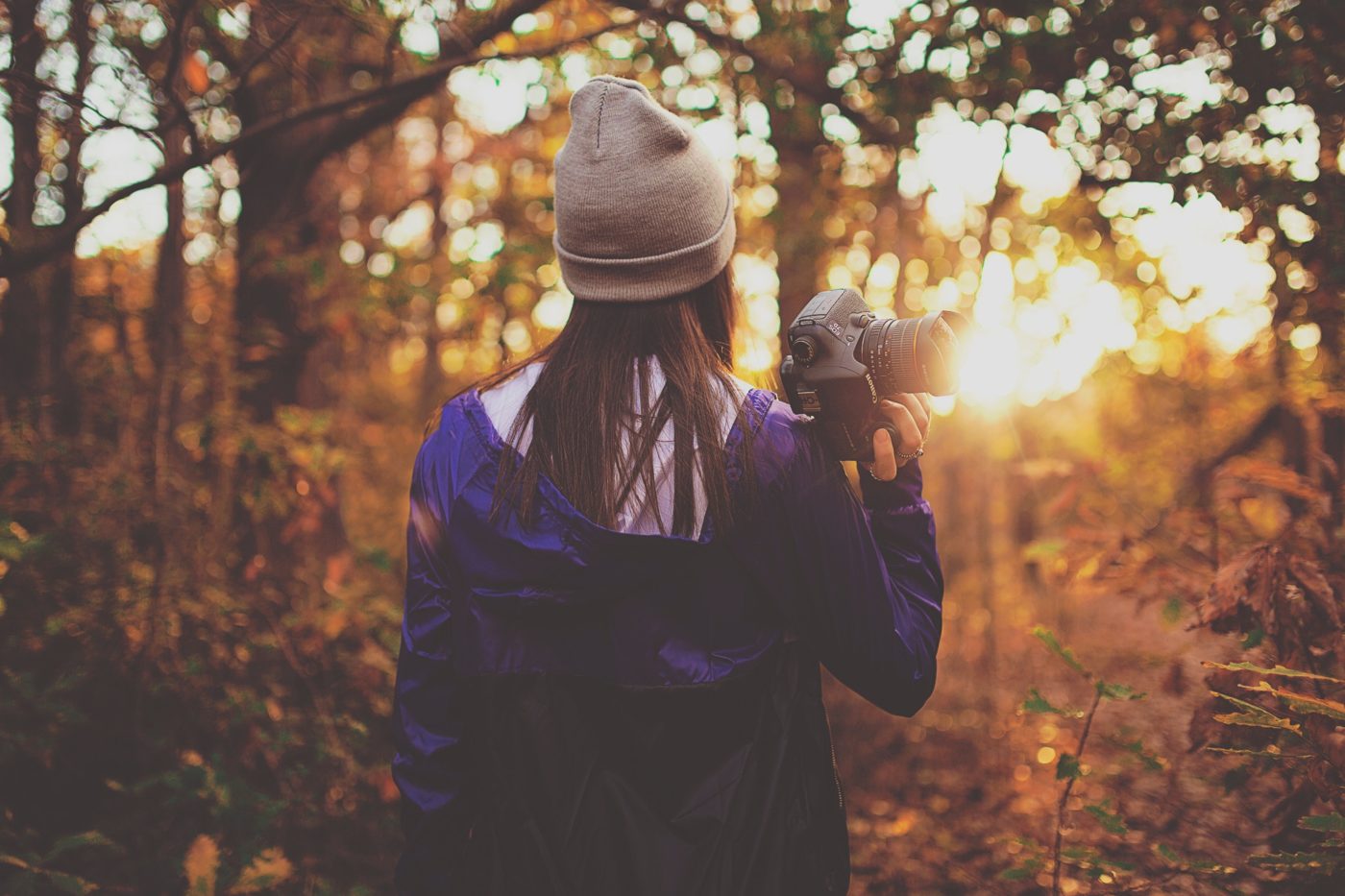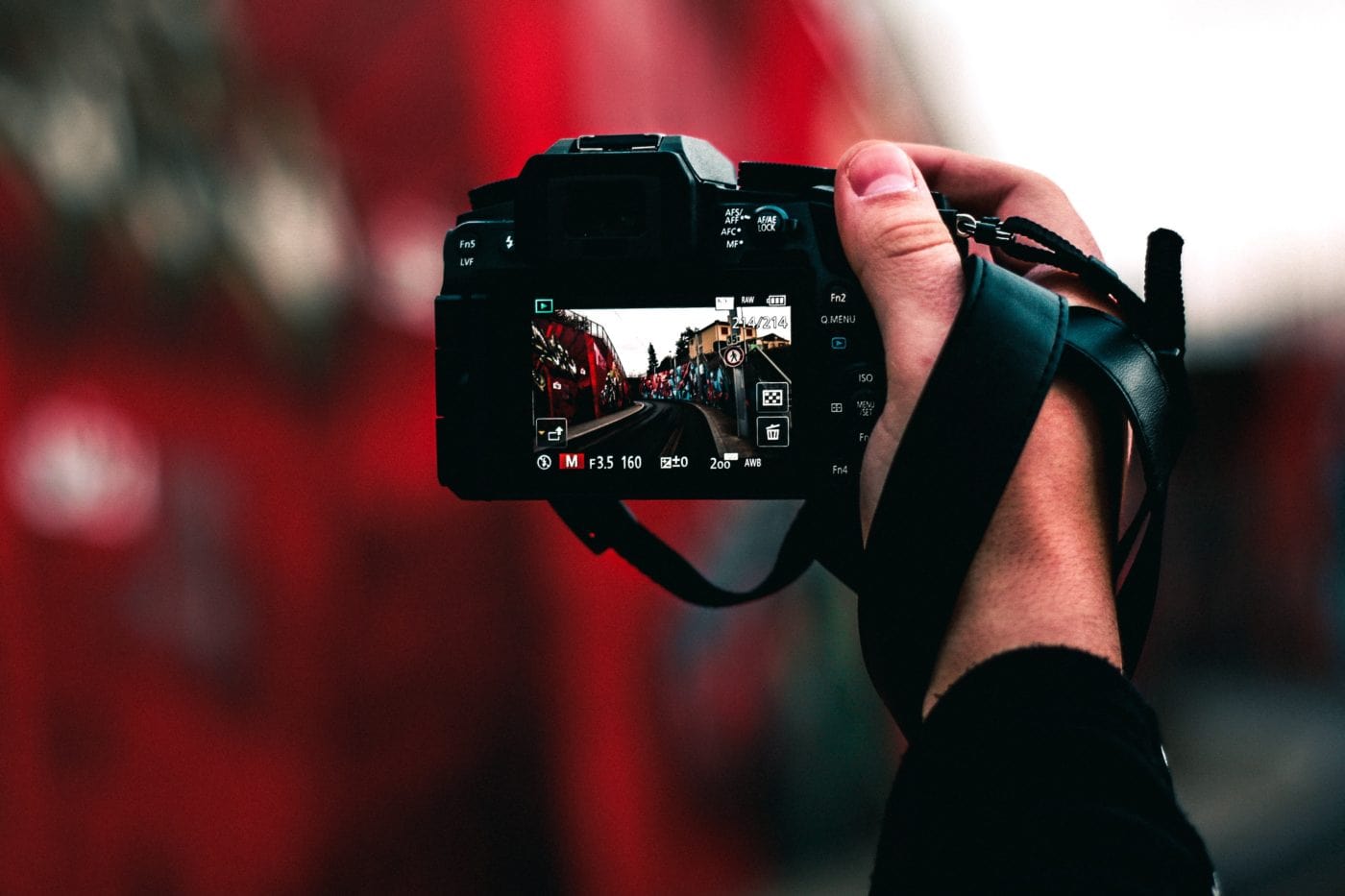One of the learning methods that I have always recommended to beginning photographers who want to learn how to shoot in manual mode is the 7×7 method. The other day I realized that I had never mentioned this method publicly here on the blog.
By now everyone knows that, in photography, you don't just have to read advice and simply accumulate theory. True learning only begins the moment you put your hand on the camera. The problem is that the concept of practicing is very vague, very abstract. The beginning photographer knows that he must practice, but how much ..? as..? up to what point…?
I PRESENT TO YOU THE 7×7 METHOD
I decided to call it that for simplicity, I think it's easier to remember with a number than by calling it any other way.
This method is designed mainly for people who are new to SLR photography, and above all, for those who want to delve into the fascinating world of photography in manual mode.
The manual mode has its theory and its rules that you should know, but from there, how do you transform that theory and those steps into photos? How can you reach that level of learning where you can take photos in manual mode almost unconsciously, practically without giving much thought to each setting and each element of the configuration?
That's where the 7×7 method comes into play. What does it consist of?
The idea of this method is that you take your newly released SLR camera, set the mode dial to M (for "Manual" mode), and dedicate yourself to practicing 7 photographs, daily, for 7 uninterrupted days.
It is not about taking 7 shots, but about practicing 7 photographic themes. You may be photographing your pet for a while as your first photo, and there you will be taking several photos, experimenting with the manual mode settings and trying various shots. Later you go to a second photographic theme, and so on until you have 7 different photographic themes.
The next day again manual mode, and 7 photographic themes. And yes, you can repeat any of the songs from previous days if necessary.
WHY DOES THE 7×7 METHOD WORK?
As you can see, the main premise of the method is practice. The human being has always been able to improve his skills with practice. In all areas of life (work, sports, art, etc.) those who have gone the furthest are those who have dedicated the most time to practicing their passion. With photography it was not going to be different.
But as I said at the beginning, the idea of practicing can sound somewhat "abstract." The 7×7 Method gives it body and shape. When you follow this method, you know what you have to do, how many times you have to do it, and for how long. It's much easier to move forward when you have something concrete to walk towards.

OTHER BENEFITS OF THE 7×7 METHOD
In addition to giving you a specific direction to move towards, this method allows you to work on other facets such as persistence. It is common for a person to buy an SLR with the intention of starting photography, and to leave their camera abandoned two days later because they feel overwhelmed or lost. With the 7×7 Method you take a run and when you want to realize it, you are already taking flight. It is clear that, after the initial 7 days, you can still end up leaving the photograph if you want, but at least it will not be a rash decision generated by the initial stress.
Another advantage of this method is that it somehow forces you to vary your photographic theme. A common mistake that I see in beginner photographers is that they go out into the street, with the camera just unpacked, they walk down the street camera in hand, looking around to see if they can think of something to photograph. Full improvisation. No sir, that's not how it should be.
Naturally there is nothing wrong with taking impromptu photography, but at the beginning you need to learn and for that it is essential to have a previously defined thematic variety. You can't subordinate everything to a " I'll see what I can think of when I go out" , because in that case you shoot a couple of photos of a flower and some stolen portrait of a passerby, and from there you start to run out of ideas. . With the 7×7 Method, you sit down beforehand to write down the 7 photographs with which you would like to go home. So you have no loss.

More advantages? Yes. The 7×7 Method gives you visibility into your progress. Thanks to this method you can have a history with your photographs corresponding to each of your first 7 days with the camera. After a few days, you will be able to look back and review your results, to tangibly check the progress you are making.
OTHER CONSIDERATIONS
The 7×7 Method is not a magic pill. His philosophy is “learn by doing”, but for it to work you need to know a minimum amount of “theory”. You need to have heard, even from afar, of the basic principles of photography in manual mode (which we explain in countless articles here on the blog, or in the book The Magic of Photographing in Manual Mode ) . You need to know the three main settings that all DSLR photography revolves around (if you're new, believe me, you only need to know those 3 settings, the rest is a breeze). Here is a simple explanation of one of these 3 settings:
In other words, if in life you have picked up an SLR camera, if you know nothing but nothing, absolutely nothing about photography in manual mode, you should not get up one fine day, take the camera and start practicing the 7×7 Method. You need that minimum dose of previous knowledge that I mentioned. Believe me, it is a hyper-small dose, two or three concepts that you must take into account and you would be ready to start practicing with the 7×7 Method.

Note: If you still lack that dose, perhaps our book Your First Steps in SLR Photography is a good starting point. If you are already a VIP Reader, you will be interested in taking a look at the book The Magic of Photographing in Manual Mode.
After the initial 7 days, you will always have the contents of the Photographer's Blog to continue advancing and growing as a photographer. So I hope to see you with us around here for a long time.
Happy photography.


